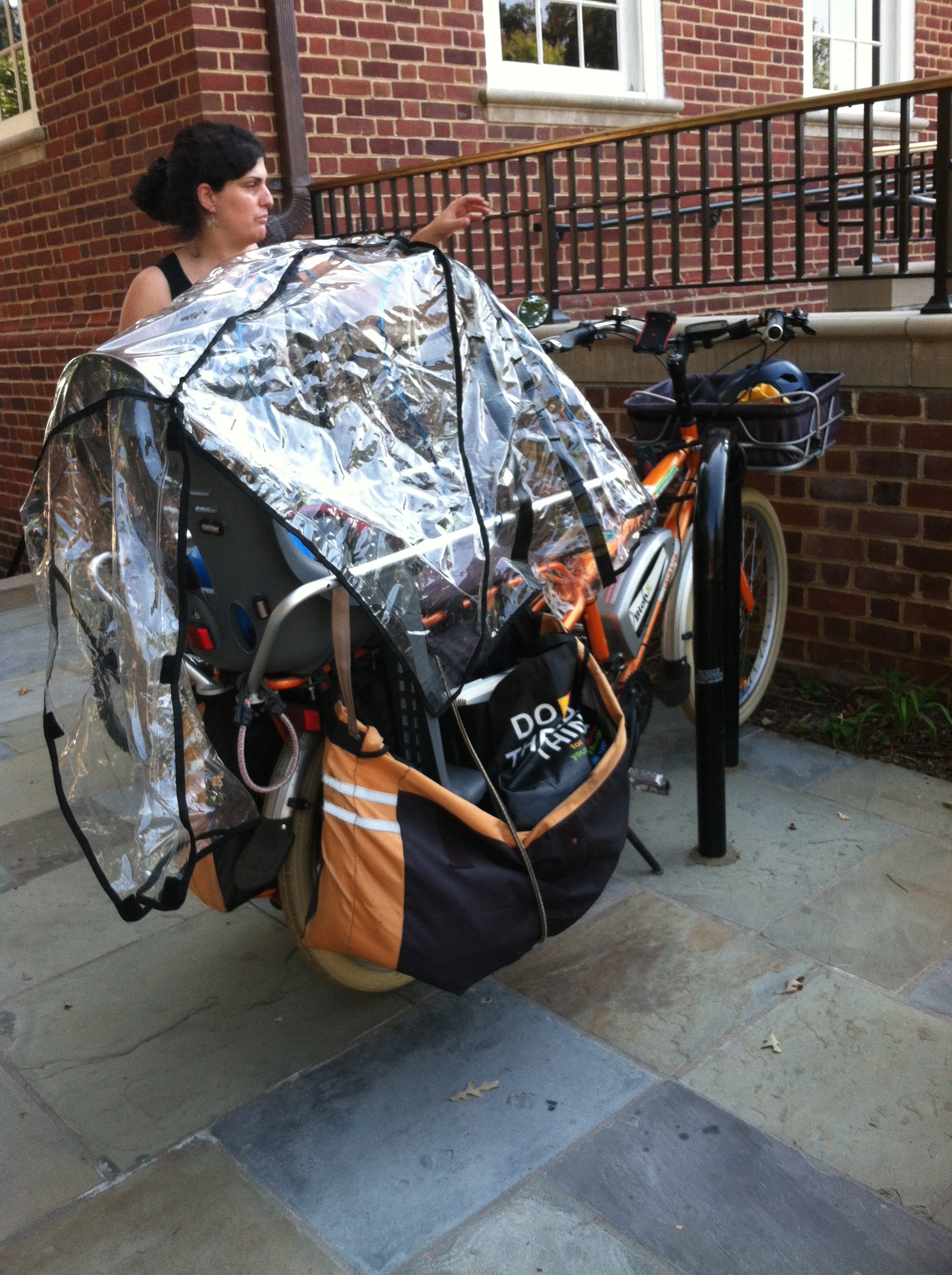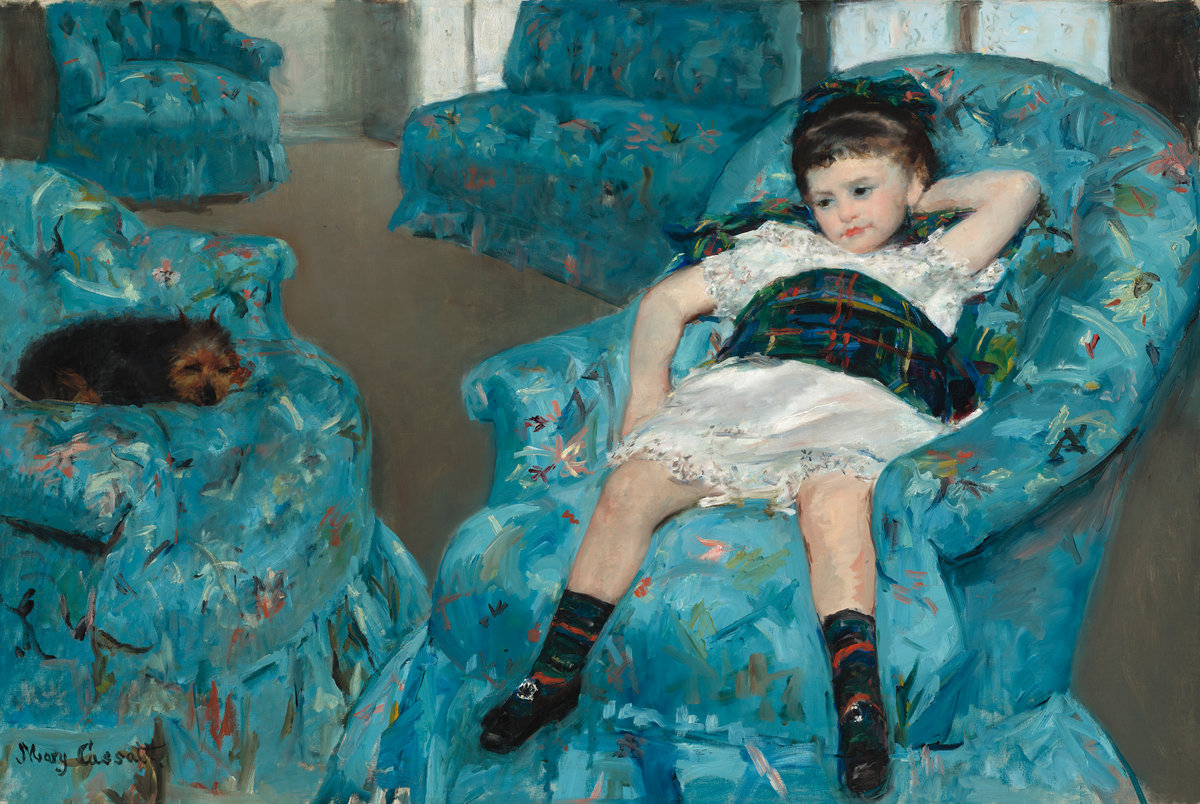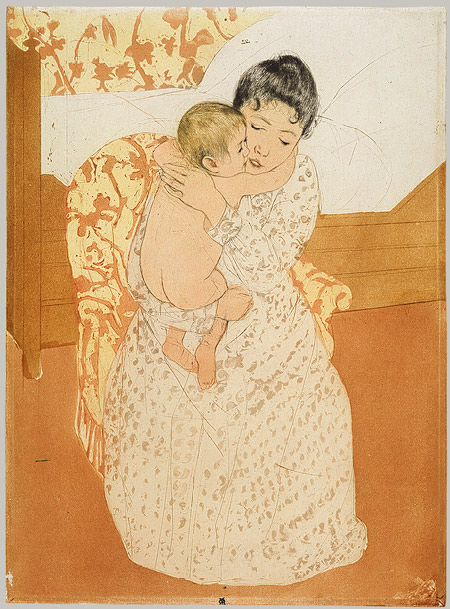Sprout loves books. He doesn’t read yet, but loves looking at books and spending time with them.
In fact, he can occupy himself for 10 minutes or so – a long time for a 16 month old – pulling books from his shelf and flipping through them one-by-one. He’ll stop at certain pages and focus on them, like a patron in an art gallery trying to figure out the meaning of a work. When he reaches the end, he’ll often flip back to those favorite pages, just to check if he missed something. Other pages he’ll speed past; some he skips altogether. It’s very clear he has strong opinions about what he finds interesting or not, something that runs in the family.
Unfortunately, this method of “reading” doesn’t translate well to pre-bed storytime. Often, he won’t let me hold the book or turn the pages because he wants to be in control. But I can’t read the text of the story with his chaotic jumping between pages. So we end up in an odd dance, where I try to read as fast as possible or very slowly, either skipping entire pages or repeating them multiple times, depending on his whim at the moment. In a books with rhyme schemes, I often stumble over the words because the rhythm is all off. He even flips books upside down, making it completely impossible to follow! Sometimes, I lose my patience, take the book from him, and turn the pages at my pace. Of course, he loses interest and pulls a different book off the shelf instead. His attitude seems to be: “Mommy, you can read the book you want to read, I’ll read the book I want to read.” That’s not exactly the point of storytime. So I’ve learned to adjust my reading style to suit someone whose enjoyment is entirely driven by the visuals and the cadence of my voice. Even if the story doesn’t make a lot of sense, I at least tell it enthusiastically.
In addition to bedtime, of all places, books play a major role on the changing table. He’s associating reading with pooping before he can even use the toilet! But giving him a book is the one consistent thing I can do to keep him from flipping over while I change his diaper. (Making funny noises stopped working a while ago.) To add to the benefit, his expression in the charging table is hilarious. He’s super serious, as if he’s a trader in a corner office reading the Wall St. Journal instead of a toddler with a dirty diaper flipping through a board book.
Sprout’s favorite books at the moment are an odd assortment of classics and modern stories. Most of them are not ones I bought – our families (especially my mom) have been very generous in building his library. All of his favorites are board books because we still don’t trust him with hardcover picture books yet. He’s mostly stopped munching on them (he was an actual bibliovore before), but he’s still fairly rough with the pages. We have a couple of books with inside covers that are torn because he was convinced that there was one more page to turn.
The Very Busy Spider: Eric Carle is one of the most artistic children’s illustrators ever, so this book is a pleasure to read, even for the fifth time in one night. While this one isn’t as famous as The Very Hungry Caterpillar, it’s actually more visually stunning, with each of the animals having it’s own unique combination of color and pattern. The actual texture of the spider’s web, which Sprout will show me by taking my hand and rubbing it on the page, makes visceral something we can’t even touch in real life without destroying. The repetitive structure – an animal asks if the spider wants to do something, she doesn’t respond because she’s too busy – means they you can skip pages without losing meaning, which is important with our aforementioned reading style. And it shows that spiders are beautiful, not scary! He loves The Very Lonely Firefly as well.
Let’s Sign, Baby: This one is kind of ironic because Sprout doesn’t know and probably won’t learn baby sign. Part of it is because Chris and I never really got around to learning it – teaching yourself another language is challenging enough, much less while you have a baby. Part of it is because even when we do remember to sign, Sprout isn’t looking at us, which rather defeats the point. This book has good explanations of the different signs, but I can’t tear his eyes away from the page to demonstrate them. I think he just likes the cartoons of the kids and babies.
Harry the Dirty Dog: This is one that I probably would never have bought myself, but it was my father-in-law’s favorite story when he was little, so Chris’s family bought it. The illustrations are adorable, even if the family is so 1950s suburban stereotypical. However, I don’t know how to feel about a book that says if you get too dirty, your family won’t recognize you. As Sprout gets older, we’ll stick with emphazing how good Harry is at problem solving.
The Big Red Barn: A far less well-known book by the same author as Goodnight Moon. This book about farm animals is cute, but the rhythm and rhyming structure grates on my nerves, even when it’s read correctly. It obviously has a structure, but whenever I read it, it just sounds “off.” Plus, it has the multiple ending problem a la Lord of the Rings – it should end three pages before it does. Needless to say, it’s no Goodnight Moon.
Bedtime for Chickies: This is an absurdly adorable book. It’s about three chicks that find all sorts of reasons not to go to bed, exasperating their pig, cow and sheep caretakers. The ending of the chicks only falling asleep once they are in their caretakers’ embrace hits a little too close to home, but the illustrations and the chickies’ dialogue is overwhelmingly cute.
Baby Faces: This book, which is just a series of photos of babies with captions describing their state of being (happy / sad, clean / dirty, etc) was a favorite when he was really little and has come back around again. When he was tiny, I think he just liked looking at the photos of other babies. Now, I think he’s realizing that the different expressions relate to different emotional states and finds those distinctions interesting.
What are or were your kids’ favorite board or baby books?


 ng,
ng, 